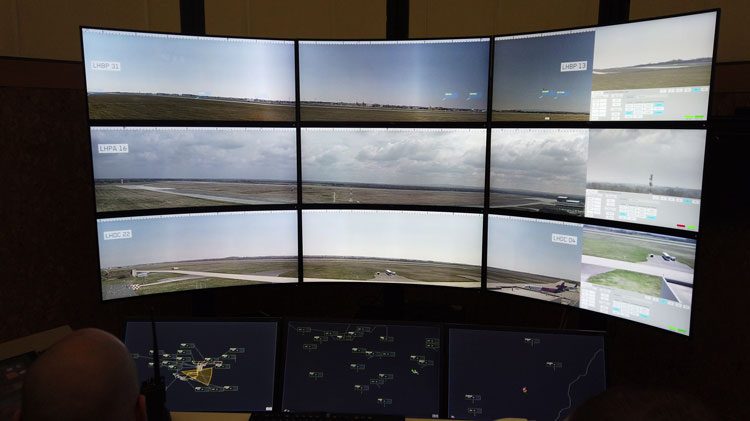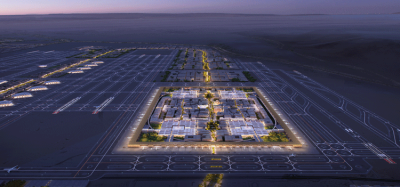Frequentis: Remote digital towers are multiplying operational efficiencies
- Like
- Digg
- Del
- Tumblr
- VKontakte
- Buffer
- Love This
- Odnoklassniki
- Meneame
- Blogger
- Amazon
- Yahoo Mail
- Gmail
- AOL
- Newsvine
- HackerNews
- Evernote
- MySpace
- Mail.ru
- Viadeo
- Line
- Comments
- Yummly
- SMS
- Viber
- Telegram
- Subscribe
- Skype
- Facebook Messenger
- Kakao
- LiveJournal
- Yammer
- Edgar
- Fintel
- Mix
- Instapaper
- Copy Link
Posted: 10 May 2019 | FREQUENTIS | No comments yet
Remote tower – the concept of carrying out air traffic control services from any location using a multitude of local sensors, visual and infrared cameras and surveillance solutions – has created an exciting opportunity to enhance the way air traffic is monitored and managed and reduce the cost of operations. However, when more than one airport can be managed from the same remote tower centre we will see the most significant benefits in terms of optimising air traffic controller capacity.


Frequentis currently has four remote tower solutions in operation at airports with complex ATC operations in Europe. The most significant being for Deutsche Flugsicherung (DFS) which, since December 2018, has been successfully managing traffic movements for Saarbrucken Airport from a remote facility 450km away in Leipzig.
With over 15,000 flight movements per year, Saarbrucken is currently the largest airport in the world where daily operations are controlled remotely. And plans to expand this remote tower centre to connect a second German airport, Erfurt, are already underway.
Future potential
In Europe, Frequentis and its project partners in the SESAR 2020 research programme have conducted five multiple remote tower validations since 2017, where a single air traffic controller manages traffic at more than one airport simultaneously. The first two simulation exercises were carried out at the German Aerospace Centre (DLR) Air Traffic Validation Center in Braunschweig, Germany. In a human-in-the-loop, real-time simulation, seven Hungarian civil and military controllers managed up to 30 movements per hour at three Hungarian airports.
DLR researchers and Frequentis human factors experts assessed the controllers’ line of sight, their perceived situational awareness, workload and acceptance, as well as efficiency and safety, while handling the various traffic situations. This allowed the overall operational feasibility of the concept to be reviewed, and the design of the controller working position to be agreed.
Network resilience
With a remote tower visual representation of an airfield it’s also important to consider the critical need for consistent and reliable network performance, ensuring no interruption in voice/data transfer or image quality. Frequentis’ experience with safetycritical voice and data transfer allows it to provide innovative solutions to maintain safety while scaling capacity and improving cost competitiveness. An ATM-grade network – like Frequentis’ NetBroker, part of the vitalsphere™ portfolio – is capable of detecting any degradation in network performance, known as brown-outs, while conventional networks only react to total link loss, blackouts. It also allows dynamic rerouting based on application priorities and bandwidth availability, eliminating loss of service or reduced image quality.
Latest testing
In March 2019, the fifth multi-remote tower tests took place, for the first time in a real airport environment instead of a simulator. In a passive shadow mode operation, a single HungaroControl air traffic controller was in charge of three Hungarian airports – Budapest, Debrecen and the military airfield Papa. Frequentis has developed a special planning tool and integrated the voice communication system directly into the remote tower user interface. This validation proved that with the advanced support tools from Frequentis a permanent multi-remote tower operation is possible.
As trials continue to prove the concept of multi-remote tower operations, it is only a matter of time before working standards are defined and it becomes a reality. For airports with low traffic volume, or those located in isolated areas where staffing proves challenging, this concept could provide a lifeline.
Issue
Related topics
Air traffic control/management (ATC/ATM), Capacity, Digital transformation, Remote digital towers


















